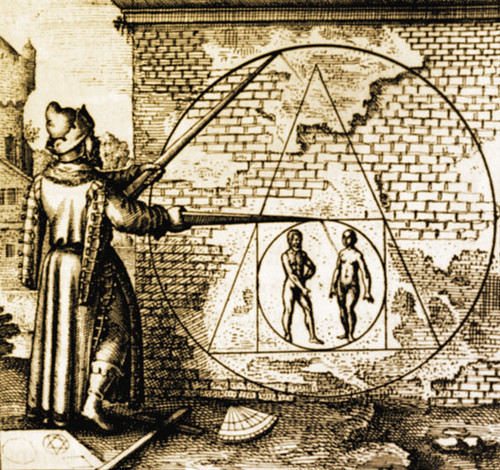
"Squaring the Circle is a problem proposed by ancient geometers. It is the challenge to construct a square with the same area as a given circle by using only a finite number of steps with compass and straightedge. More abstractly and more precisely, it may be taken to ask whether specified axioms of Euclidean geometry concerning the existence of lines and circles entail the existence of such a square.
In 1882, the task was proven to be impossible, as a consequence of the fact that pi (π) is a transcendental, rather than algebraic irrational number; that is, it is not the root of any polynomial with rational coefficients. It had been known for some decades before then that if π were transcendental then the construction would be impossible, but that π is transcendental was not proven until 1882. Approximate squaring to any given non-perfect accuracy, on the other hand, is possible in a finite number of steps, as a consequence of the fact that there are rational numbers arbitrarily close to π.
The term quadrature of the circle is sometimes used synonymously, or may refer to approximate or numerical methods for finding the area of a circle."
Well, that started out simply enough, and then it went right over my head. Math was never my best subject.

yes it is impossible for a circle and square with the same perimeter to contain an equeal area,the reason they can not is that they are two seperate species with there own unique properties,if you were to take a circle and square with equeal perimeters they would then contain different areas,and visa versa,take the circle and cut it open and roll it out into a straight line and then take the square apart in to its 4 lines that make it a square and lay them end to end next to the line that was a circle and the line that was a square will be shorter,and the reason for this is that the 4 lines that are the proper length to be equeal to the line that makes the circle are only the proper length when they are connected at the corners or in other words if you take say the top line of the square away then the sides become shorter and if you take the sides away then the length of the top line becomes shorter ,they are only the proper length when they are connected together and that is why a circle is a circle and a square is a square,but now knowing this how is it possible for E to = mc squared if m is a circle?,it is not possible for a circle to be equeal to the square of anything,but then again i was never any good at math or spelling
ReplyDeleteThanks Kurt... I almost kind of understand it now! That was a great explanation!
ReplyDelete